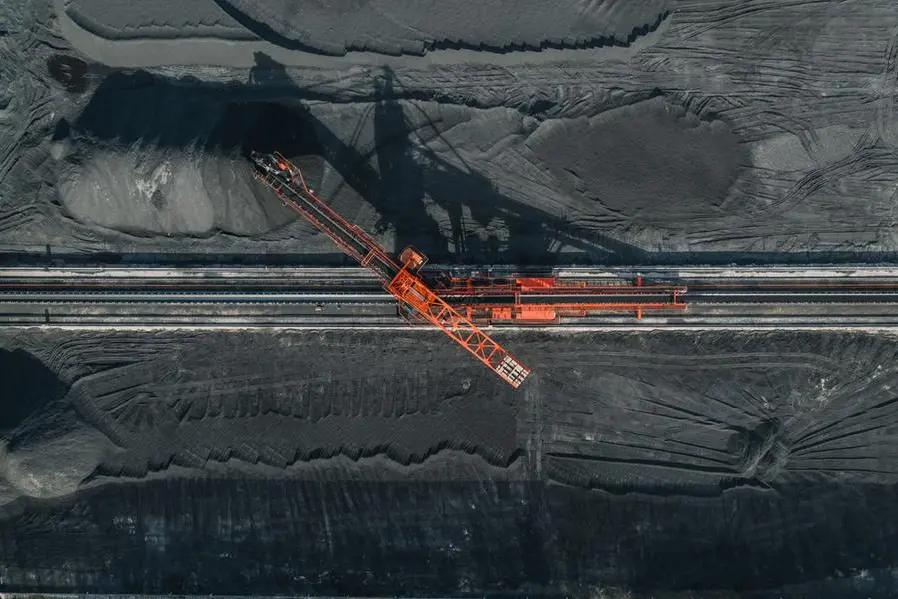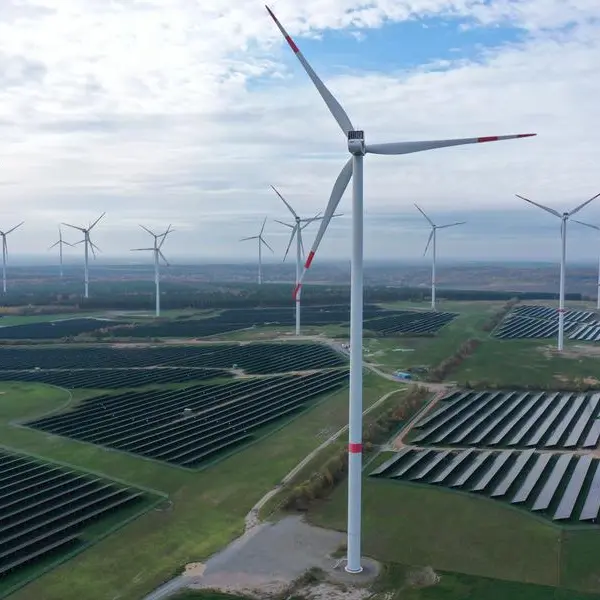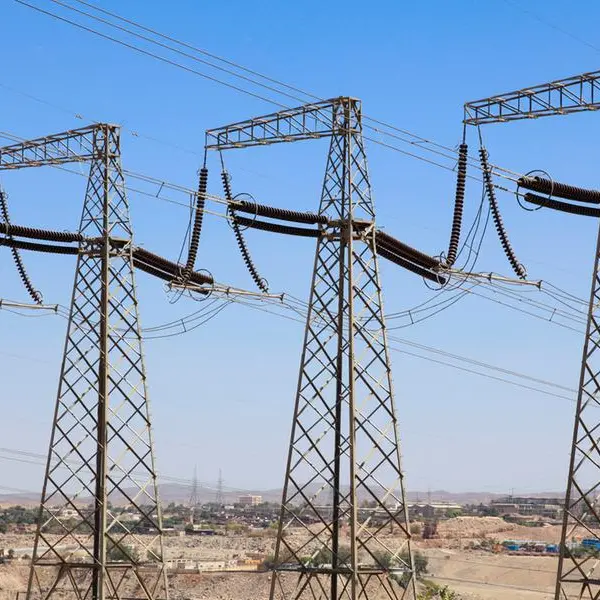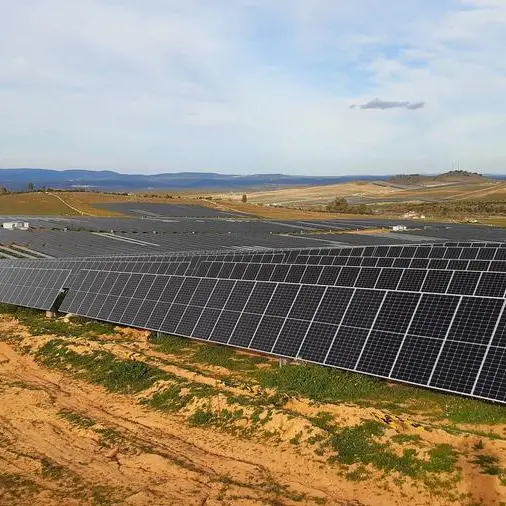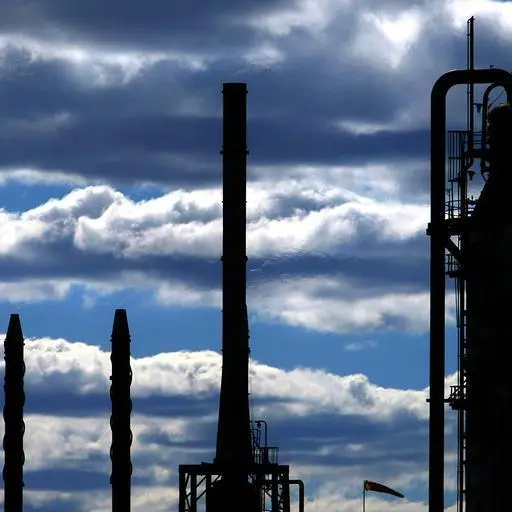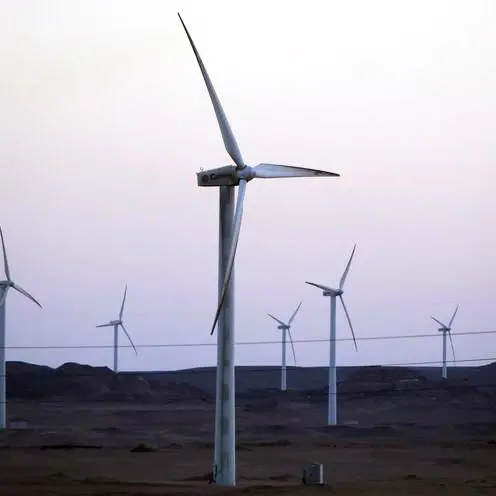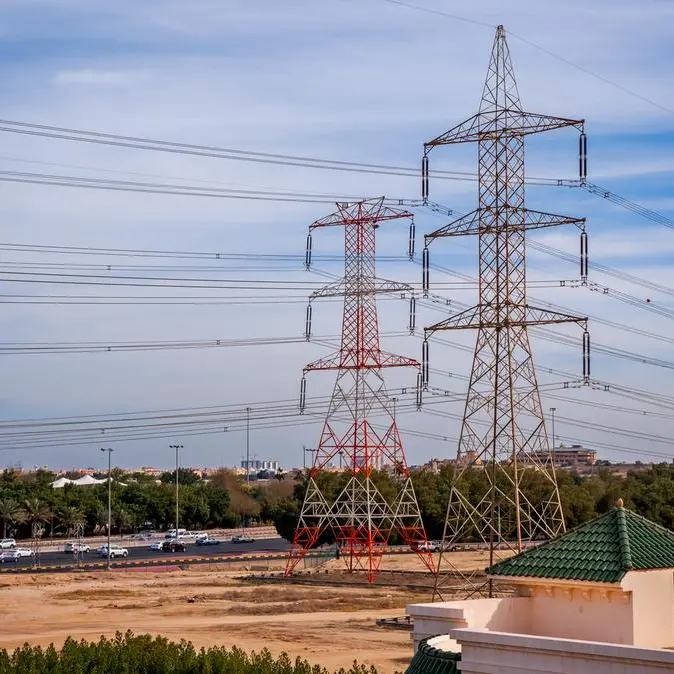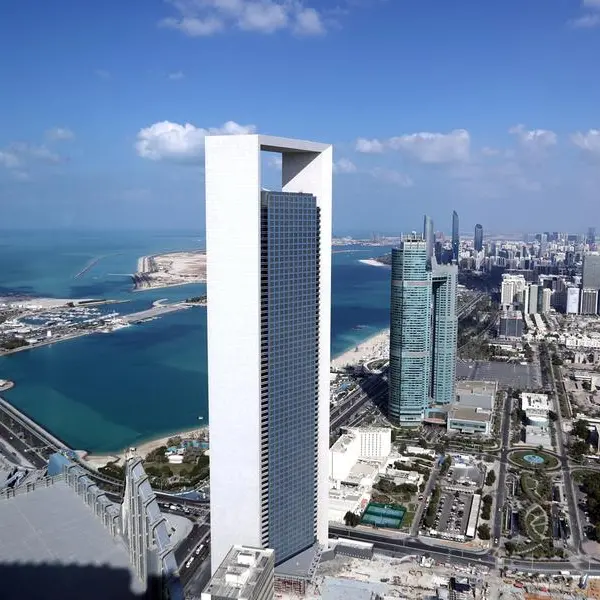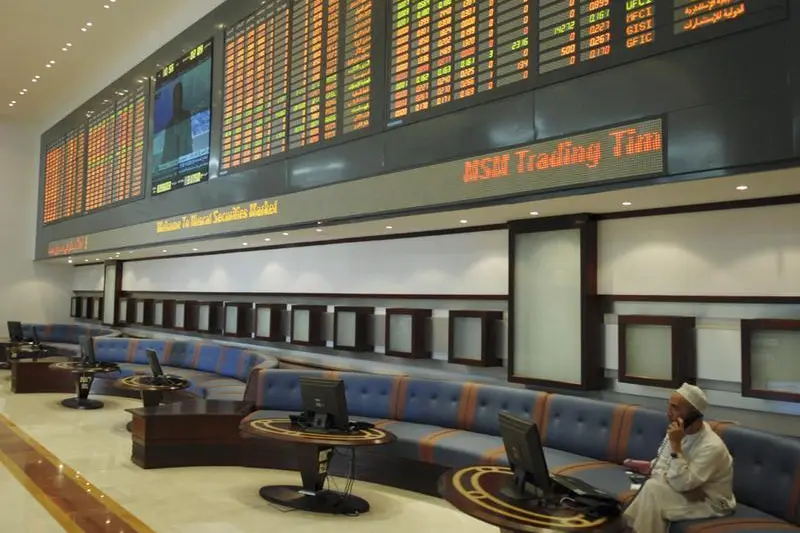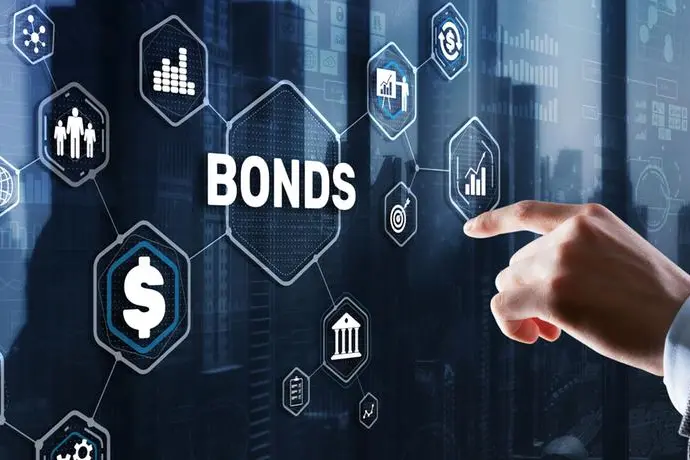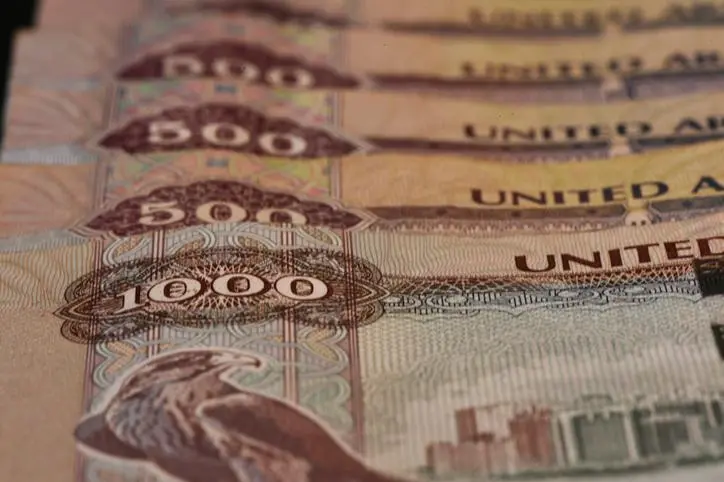PHOTO
Today’s combined market size of key energy transition minerals is set to more than double to US$770 billion by 2040 in a pathway to net zero emissions by mid-century, according to theGlobal Critical Minerals Outlook 2024, released by International Energy Agency (IEA).
The new report finds that major additional investments are still needed to meet the world’s energy and climate objectives.
The Global Critical Minerals Outlook 2024, published today, updates the IEA’s inaugural review of the market last year while also offering new medium- and long-term outlooks for the supply and demand of important energy transition minerals, such as lithium, copper, nickel, cobalt, graphite and rare earth elements.
Following two years of dramatic increases, the prices of critical minerals fell sharply in 2023, returning to levels last seen before the pandemic. Materials used to make batteries saw particularly significant decreases, with the price of lithium dropping by 75 percent and the prices of cobalt, nickel and graphite falling by between 30 percent and 45 percent – helping drive battery prices 14 percent lower. With demand growth remaining robust, these declines were mostly driven by a strong increase in global supply – helping to offset the steep price rises in 2021 and 2022.
The report finds that while lower prices for critical minerals in the past year have been good news for consumers and affordability, they have also provided a headwind for new investment. In 2023, investment in critical minerals mining grew by 10 percent and exploration spending rose by 15 percent – still healthy, but slower than in 2022.
Detailed project-by-project analysis suggests that announced projects are sufficient to meet only 70 percent of copper and 50 percent of lithium requirements in 2035 in a scenario in which countries worldwide meet their national climate goals. Markets for other minerals look more balanced – if projects come through as scheduled. However, announced projects do not change the high geographical concentration of supply, and China is projected to retain a very strong position in the refining and processing sector.
“Secure and sustainable access to critical minerals is essential for smooth and affordable clean energy transitions. The world’s appetite for technologies such as solar panels, electric cars and batteries is growing fast – but we cannot satisfy it without reliable and expanding supplies of critical minerals,” said IEA Executive Director Fatih Birol.
